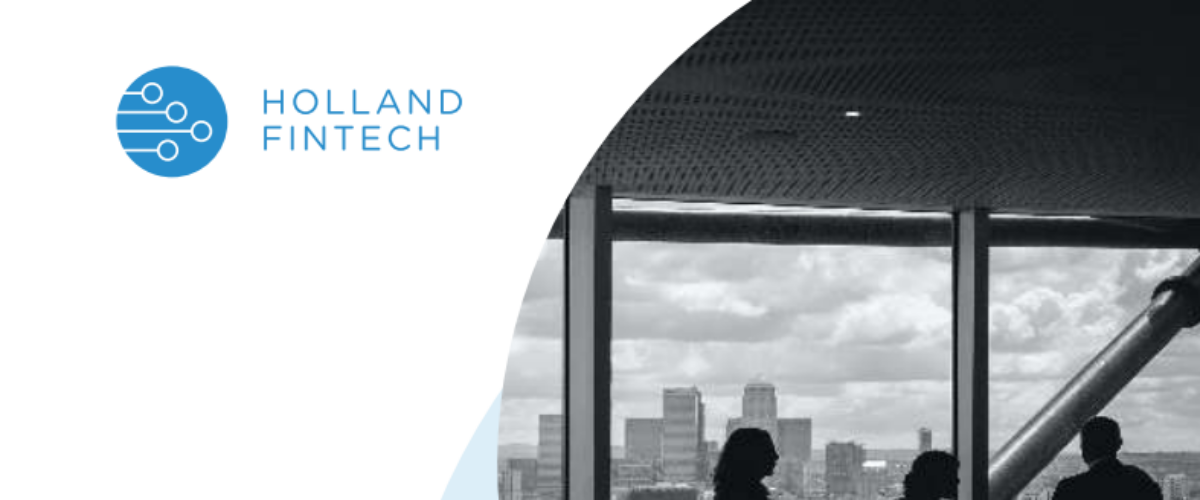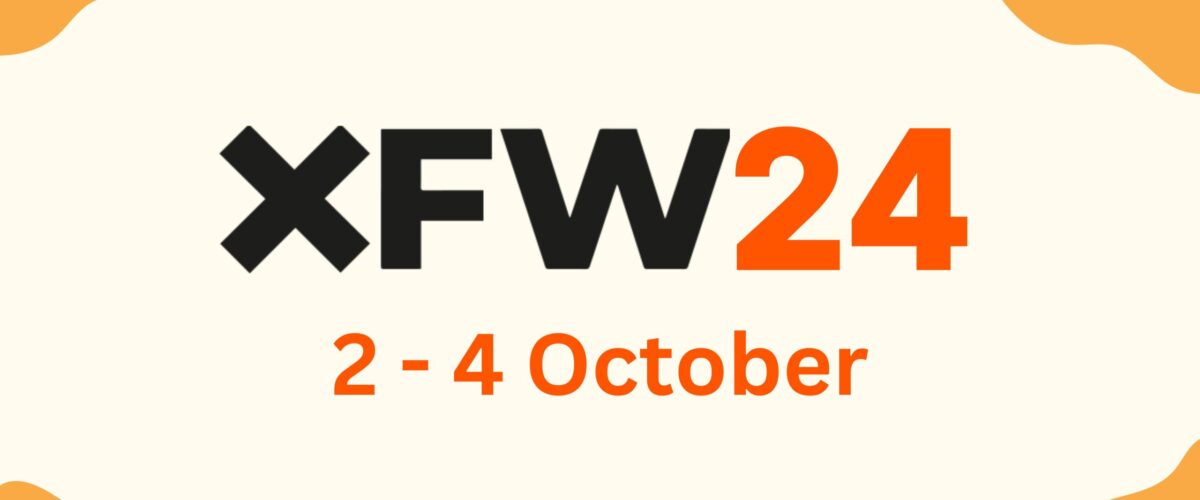“Digital banking transformation is a journey, not a destination,” Jim Marous pointed out in a recent post on The Financial Brand. I couldn’t agree more. Digital maturity means better financial performance, thanks to improved workflow efficiency, higher customer satisfaction and employee engagement, better designed and targeted products and so on. But that doesn’t mean that the road to digital success can’t be just as rewarding.
In other words, banks should stop thinking of digitalisation as the ultimate goal and explore the benefits it can bring at every step along the way instead.
Digital banking transformation is a journey, not a destinationJIM MAROUS, CO-PUBLISHER OF THE FINANCIAL BRAND
When talking to prospective clients, this is usually the point where they ask “OK, but where do we start?”. In short: data. Granted, implementing a fully-fledged banking personalisation platform like W.UP is no small undertaking on a financial institution’s part. Using nothing but cleansed, enriched and categorised transactions and customer data, however, can bring results in just 4-6 weeks without integration or real-time input.
Here are four tried-and-tested use cases for reaping the low-hanging fruits of digital transformation to inspire your digital strategies.
1. Hey, big spenders: credit card sales boost
This use case is a classic example of delivering big results with minimal effort. It’s also based on the idea that everyone loves rewards. In fact, 63% of consumers are ready to change their brand spending to maximise loyalty benefits. On the other end of the deal, Harvard Business Review says, “loyalty leaders – companies at the top of their industries in Net Promoter Scores or satisfaction rankings for three or more years – grow revenues roughly 2.5 times as fast as their industry peers and deliver two to five times the shareholder returns over the next 10 years”.
The first step is to look at customers’ point-of-sale transactions paid with a debit card over a certain period of time. Next, we explore the benefits the bank can offer customers for credit card purchases, including loyalty programme points, cashback, no-interest repayment plans or travel rewards. Then, we calculate the amount of rewards each customer would have earned if they had swiped their credit card. This is followed by a message to let customers know what they’ve missed out on and to prompt them to use or apply for a credit card.
2. It’s all fun and games: gamification
Gamification, aka boosting people’s engagement in non-game contexts by using game-style mechanics, is nothing new.
Among the early success stories, US-based PNC Bank rolled out a savings feature called Punch the Pig to help customers achieve their financial goals and promote Virtual Wallet, its savings-focused current account. When banking online, customers could tap the piggy bank pop-up on their screens to instantly move money into savings.
In another example, courtesy of BBVA, customers scored points for watching how-to videos on banking online and won music downloads, movies and tickets to BBVA La Liga football matches in return. In just six months, the BBVA Game attracted more than 100,000 players and earned the Spanish banking giant a Bank Innovation award in 2013.
This use case revolves around changes in customer behaviour, detected over a roughly 3-6-month period. After identifying customers with dropping debit or credit card usage, their bank could challenge them to boost the number or volume of transactions made with their card by, say, 20% to win valuable prizes. Pro tip: it’s a good idea to regularly check campaign engagement and results and let participants know how they’re faring against their goals to keep them focused and involved.
Read the original article here. Find out more about W.UP here.


